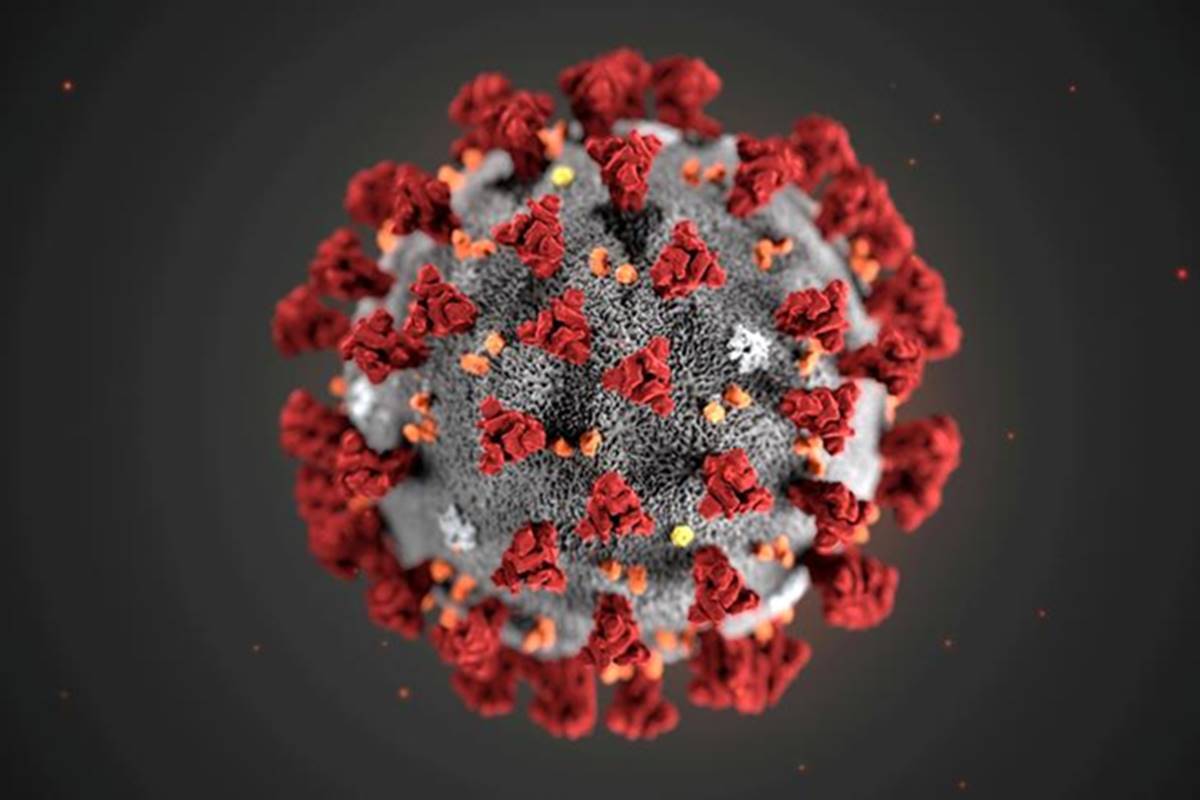 –Dr. P K Santhakumari M.D (Ay) Founder and Chief Physician, Matha Ayurveda Eye Hospitals
–Dr. P K Santhakumari M.D (Ay) Founder and Chief Physician, Matha Ayurveda Eye Hospitals
Dry Eye is a condition that develops when there is a deficiency in providing adequate lubrication to the eyeball. The incidence of dry eye is very high in the working groups of people.
The reason behind the dry eye is various, and so itself, the management also varies accordingly. Let us consider the reasons first.
Moistening of the eye is performed by a thin layer of the tear film over the eyeball. This tear film mainly consists of three layers.
First is the external most fatty layer. This layer prevents the evaporation of the tear fluid and maintains the lubrication. This is secreted by special glands of the eyelid margin. If this is deficient, either in quality or quantity, the patient feels dryness. There will be stringy discharge and also gritty sensation.
Patient experiences as if sand or dust in the eyes, especially in the morning just after waking up. In Ayurveda, Vata is the predominant dosha in this condition. The properties of vata such as rooksha, laghu, Sookshma increases. So, Travel, especially on two-wheeler and lack of sleep and working late nights etc will trigger this condition. Also, mental conditions such as stress and strain also will increase the disease.
The second layer, also called middle layer is watery in nature. It is enriched by various electrolytes. This is the real tear fluid secreted by the tear glands – lacrimal glands. If this layer is deficient, there will be high level dryness. There will be burning sensation and hot feeling in the eyes. Also, difficulty to be exposed to bright light and focus on light source. Patient cannot look at illuminating screens like mobiles for a computer or laptop screen for a long time. Here, Pitta is the dominant factor. Any situation which increases the property of pitta such as ushna, theekshna, etc will make the condition worse. So, exposure to bright, directly looking at a source of light, and working in sunlight etc are trigger factors.
The third or innermost layer is mucus in nature and is secreted by glands of the eyelid – mainly sebacious gland. This is the protective layer of cornea. Since cornea is very sensitive and exposed to the external layer, chances of getting infection is more. This mucus layer protects the cornea from being infected and keeps the tear fluid sustained over the cornea. If this layer is inadequate, chances of damage to the corneal cells is high. There will be dryness, redness of the eye and pain.
In severe cases, blurring of vision and also headache may develop. In this condition, deficiency of kapha is the conderable factor. Any situation which decreases the vital properties of kapha such as snigdha, seetha, guru etc will increase the pathological condition. So, deficiency in intake of items that supply these gunas will trigger this type of dryness. Starving, missing breakfast, and lack of balanced diet etc are also important contributing factors.
Management of dry eye
Management varies according to the basis reasons and dosha dominance mentioned above.
If the oily layer is inadequate, the perfect treatment is necessary to activate the glands which produce the oily secretion. In Ayurveda, a systematic line of treatment will serve the purpose. Treatment procedures like Nasyam, Tailadhara, netra tharpanam etc are very good. The medicines for these procedures are to be selected by an experienced hand only. Medicated milk and medicated ghee are options. Jeevanthy, vidari, yashti, can be used for medication of ghee and milk.
If the watery layer is deficient, then treatment will be on different principles. Pitta samana and seetha treatment procedures are very helpful. Netra sekam, Aschotanam, Vitalakam, etc are very effective in this situation. But, the medicines for these procedures should be selective for pitta dominance. Oral medicines and food suppliments have a major role in this condition. Extra occular treatment procedures such as thakradara, sirolepanam, mukhalepanam, thalam etc also are highly effective. A pitta samana and chakshushya menu is also necessary.
If the innermost layer is deficient, it should be handled with extreme care only. There are two aims for treatment when innermost layer is considered. First is to protect the cornea. Second is to produce adequate mucuous secretion. So, the treatment also needs to be done accordingly. Treatments such as Nasyam with Vatasamana medicine is a good option.











